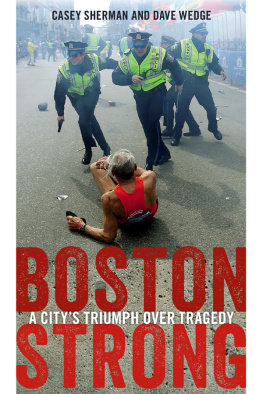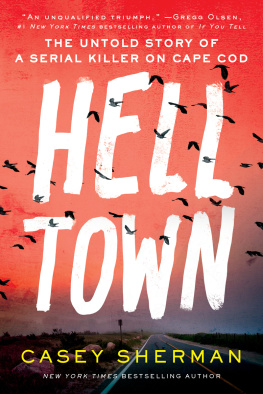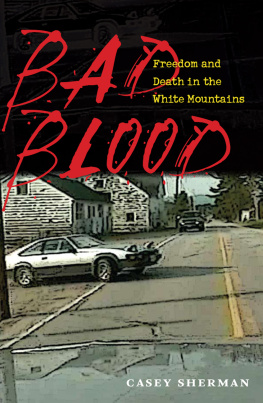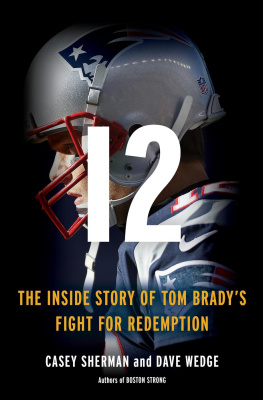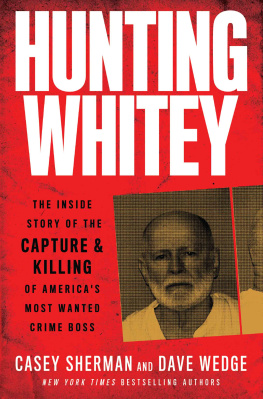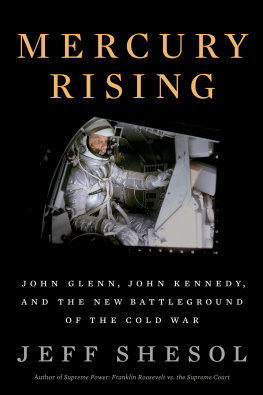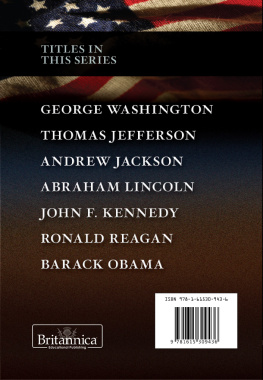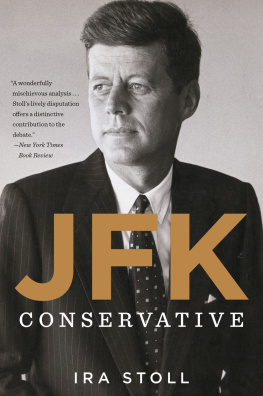Casey Sherman - Above and Beyond: John F. Kennedy and America’s Most Dangerous Cold War Spy Mission
Here you can read online Casey Sherman - Above and Beyond: John F. Kennedy and America’s Most Dangerous Cold War Spy Mission full text of the book (entire story) in english for free. Download pdf and epub, get meaning, cover and reviews about this ebook. year: 2018, publisher: Public Affairs, genre: Detective and thriller. Description of the work, (preface) as well as reviews are available. Best literature library LitArk.com created for fans of good reading and offers a wide selection of genres:
Romance novel
Science fiction
Adventure
Detective
Science
History
Home and family
Prose
Art
Politics
Computer
Non-fiction
Religion
Business
Children
Humor
Choose a favorite category and find really read worthwhile books. Enjoy immersion in the world of imagination, feel the emotions of the characters or learn something new for yourself, make an fascinating discovery.

- Book:Above and Beyond: John F. Kennedy and America’s Most Dangerous Cold War Spy Mission
- Author:
- Publisher:Public Affairs
- Genre:
- Year:2018
- Rating:5 / 5
- Favourites:Add to favourites
- Your mark:
- 100
- 1
- 2
- 3
- 4
- 5
Above and Beyond: John F. Kennedy and America’s Most Dangerous Cold War Spy Mission: summary, description and annotation
We offer to read an annotation, description, summary or preface (depends on what the author of the book "Above and Beyond: John F. Kennedy and America’s Most Dangerous Cold War Spy Mission" wrote himself). If you haven't found the necessary information about the book — write in the comments, we will try to find it.
Above and Beyond: John F. Kennedy and America’s Most Dangerous Cold War Spy Mission — read online for free the complete book (whole text) full work
Below is the text of the book, divided by pages. System saving the place of the last page read, allows you to conveniently read the book "Above and Beyond: John F. Kennedy and America’s Most Dangerous Cold War Spy Mission" online for free, without having to search again every time where you left off. Put a bookmark, and you can go to the page where you finished reading at any time.
Font size:
Interval:
Bookmark:
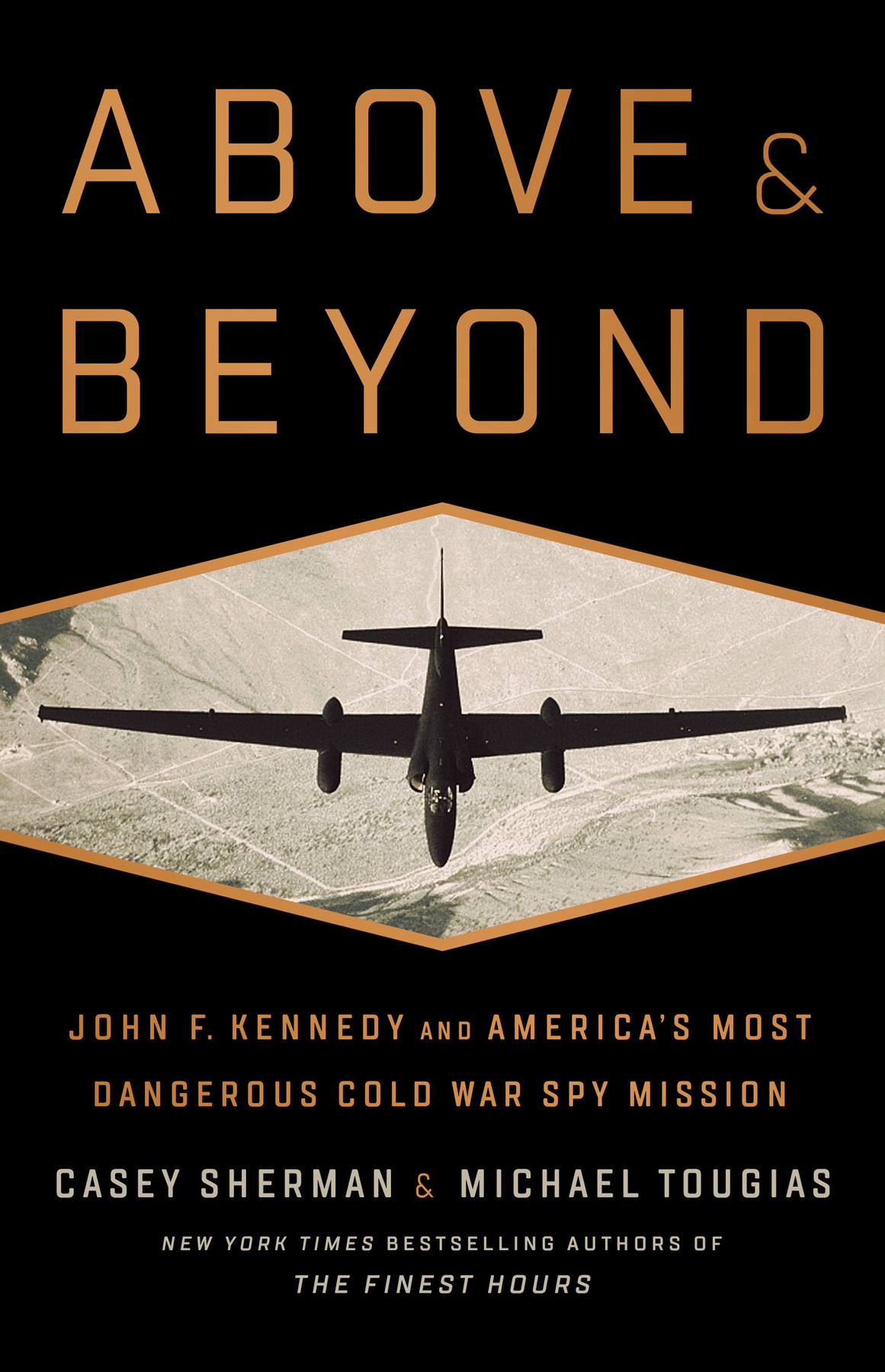
Copyright 2018 by Casey Sherman and Michael J. Tougias
Hachette Book Group supports the right to free expression and the value of copyright. The purpose of copyright is to encourage writers and artists to produce the creative works that enrich our culture.
The scanning, uploading, and distribution of this book without permission is a theft of the authors intellectual property. If you would like permission to use material from the book (other than for review purposes), please contact permissions@hbgusa.com. Thank you for your support of the authors rights.
PublicAffairs
Hachette Book Group
1290 Avenue of the Americas, New York, NY 10104
www.publicaffairsbooks.com
@Public_Affairs
First Edition: April 2018
Published by PublicAffairs, an imprint of Perseus Books, LLC, a subsidiary of Hachette Book Group, Inc. The PublicAffairs name and logo is a trademark of the Hachette Book Group.
The Hachette Speakers Bureau provides a wide range of authors for speaking events. To find out more, go to www.hachettespeakersbureau.com or call (866) 376-6591.
The publisher is not responsible for websites (or their content) that are not owned by the publisher.
Library of Congress Cataloging-in-Publication Data has been applied for.
ISBNs: 978-1-61039-804-6 (hardcover); 978-1-61039-805-3 (ebook)
E3-20180329-JV-PC
For my mother, Diane Dodd, and for the families of Rudy Anderson and Chuck Maultsby.
Casey Sherman
For Jerry McIlmoyle and all the pilots who flew over Cuba during the Crisis. And to President John F. Kennedy for his steady hand and thoughtful deliberations.
Michael Tougias
O CTOBER 25, 1962
Captain Jerry McIlmoyle sat in the cramped cockpit of his U-2 spy plane on the runway at McCoy Air Force Base in Orlando, Florida. It was 10 a.m., and the sun was baking the tarmac, causing the thirty-two-year-old pilot to sweat inside his skintight pressure suit and fishbowl-size helmet. Beads of perspiration ran from his tightly cropped hairline down his forehead and into his bright blue eyes. Another U-2 pilot performed one last equipment check, including inspection of the hose running from the pressure suit to the oxygen supply that ran through the pilots emergency seat pack. This connection was of particular importance because Jerry would be flying at an altitude no other aircraft could reachan incredible thirteen miles above Earth. Should something go wrong and the cockpit lose pressure, the flight suit would inflate, providing Jerrys last line of defense against the dangerously thin air of the stratosphere. Without a pressurized cockpit or a functioning pressure suit, Jerrys blood would literally begin to boil, and death would soon follow.
Once the final flight check was completed and the canopy lid sealed, Jerry taxied toward the runways centerline. The wingspan on the superlight aircraft was so long103 feetpogo sticks were needed to keep each wing from nearly scraping the ground. Once at the centerline he engaged the brake and checked that the directional gyro read the same as the runways compass direction. He then ran the engine up to 80 percent of its maximum RPMs because anything higher would cause the aircraft to start sliding down the runway with its brake locked. Next he checked that all systems were in good operating order and then released the brake, advanced the throttle to 100 percent, and barreled down the runaway, pogo sticks dropping away. When the airspeed indicator passed seventy knots, he began pulling back on the yoke, and the plane became airborne as its speed hit one hundred knots. The rumble of wheels on the runway faded away, and he raised the landing gear. He continued to pull on the yoke and began a forty-five-degree climb.
Airspeed rose to 160 knots. Soon the plane was invisible to the naked eye, its blue coloring the perfect camouflage against the sky. In just thirty minutes the young airman from McCook, Nebraska, had climbed to 72,000 feet, where he could clearly see the curvature of Earth. He had reached his cruising altitude and eased back on the speed, carefully keeping it between 100 and 104 knots. Forty-five minutes later, he had entered the airspace over the island of Cuba.
Now, just east of the capital city of Havana, he maneuvered his plane into position for overflight of his first target. This air force pilot, however, wasnt dropping bombsin fact his plane carried no weapons at all. Instead, he was after photos of Soviet military installations that included nuclear missiles capable of reaching and destroying cities throughout the United States.
The cockpit was quiet, and Jerry felt calm, even peaceful, despite having entered enemy airspace and knowing Soviet radar was tracking him. This was his third flight over the Communist country in just the last few days, and he focused totally on flying the aircraft, getting the photos, and returning home safely.
Jerry flicked the switch on the cockpit sensor control panel and activated the cameras. Once certain he had photographed target number one, he altered course to the southeast and in approximately forty minutes arrived and filmed his second target. The mission was going as planned, and the clear skies were holding over the 780-mile-long island covered with hills and lush green jungle.
The third and final objective was near the town of Banes, on the northeastern coast of the island. When Jerry arrived, he had been over Cuba for approximately one hour and fifteen minutes. Once over the target he started filming, got the photos he needed, shut the camera off, and started to make his turn for home, thankful for a safe and successful run.
Thats when he saw them. Through his tiny rearview mirror, two contrails stretched from Earth all the way toward his aircraft.
He was under fire.
One surface-to-air missile (SAM) had already exploded above and behind him, sending fiery shrapnel in all directions and streaks of white light against the blue sky, a deadly starburst. The second missile exploded a mere second after Jerry first looked into his rearview mirror, this one causing an explosion perhaps 8,000 feet above the plane. The blast sent a burst of adrenaline coursing through the pilots body, even though he could not hear or feel the impact. His muscles clenched, and his entire body felt as if it were shrinking. This was a natural, physiological survival response. But Jerry knew it was fruitless as he had no place to hide.
Was a third missile streaking up beneath himout of sight?
He craned his neck around as best he could in the cumbersome helmet and flight suit but did not see a third contrail. Then he made an instant decision. He banked the plane and, during the turn, flicked the cameras onhe wanted to get the contrails and starbursts on film. Despite the near miss of the missiles and the adrenaline, Jerry felt calm. Seeing the explosions meant to kill him but not hearing or feeling a thing was a surreal experiencelike watching the movie of your life from the front row. But this was all too real.
He had his pictures. Now it was time to get the hell out of there.
He turned the aircraft once again for home and took a deep breath, relieved to be looking north toward a horizon where ocean met sky. Less than two minutes had passed since he noticed the contrails.
On the flight home he replayed those intense moments again and again in his mind, still trying to come to grips with what had just happened.
Just a second or two more over his last target and he probably would have been blown out of the sky. It was the initial turn toward home that had saved his life. The Russians had likely aimed the SAMs at a location ahead of the U-2 in the direction it was then flying, but Jerry had changed course in the nick of time. Just one piece of shrapnel hitting the U-2 in the engine could have blown it to pieces. And even if the shrapnel missed the engine, a hit to just about any other area would have crippled the fragile plane, sending it tumbling thirteen miles down before it smacked into the Cuban earth.
Font size:
Interval:
Bookmark:
Similar books «Above and Beyond: John F. Kennedy and America’s Most Dangerous Cold War Spy Mission»
Look at similar books to Above and Beyond: John F. Kennedy and America’s Most Dangerous Cold War Spy Mission. We have selected literature similar in name and meaning in the hope of providing readers with more options to find new, interesting, not yet read works.
Discussion, reviews of the book Above and Beyond: John F. Kennedy and America’s Most Dangerous Cold War Spy Mission and just readers' own opinions. Leave your comments, write what you think about the work, its meaning or the main characters. Specify what exactly you liked and what you didn't like, and why you think so.

